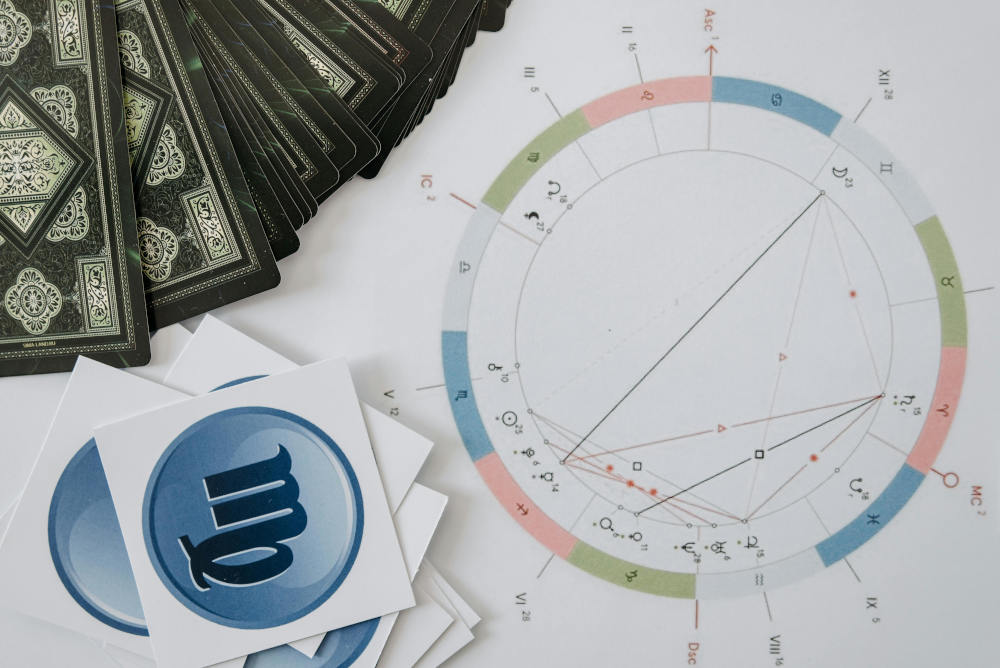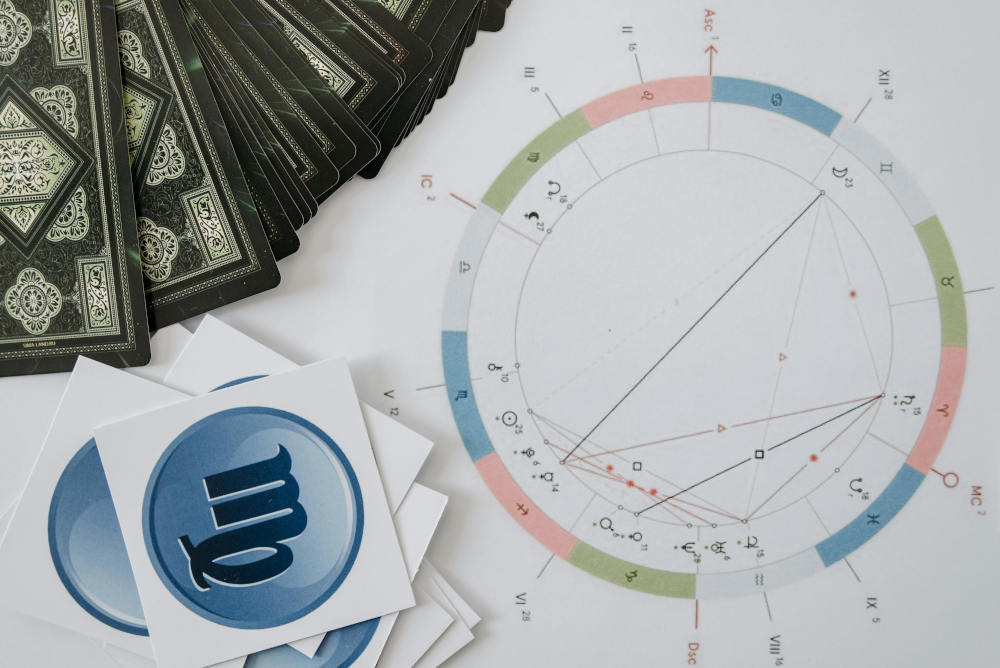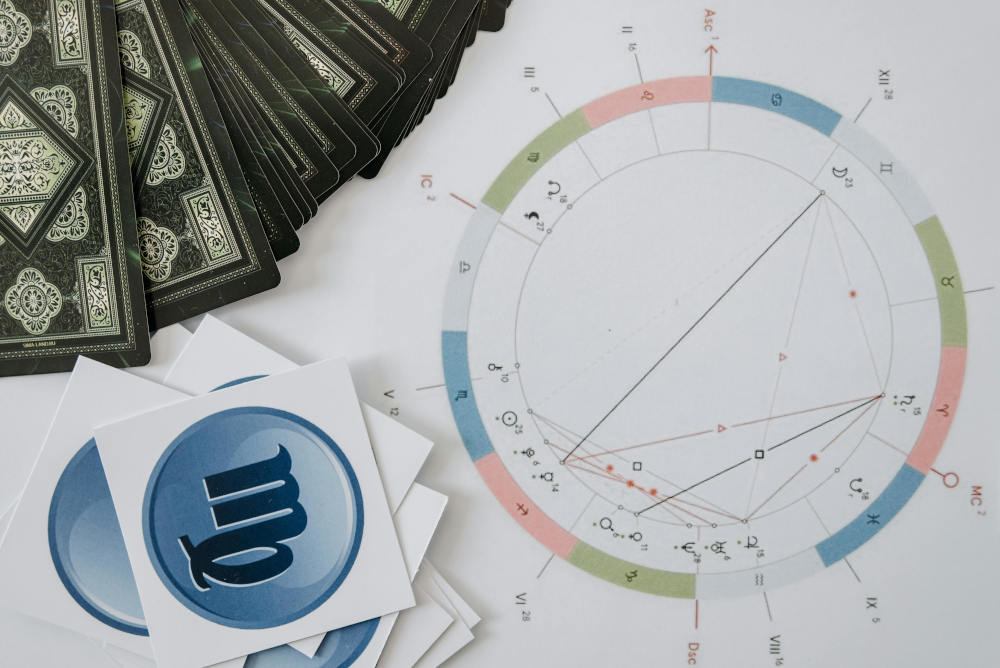
Polyethylene is a petroleum-based synthetic fiber widely used to make fabrics and materials in various industries, including fashion, similar to other plastic fabrics such as polyester, nylon, acrylic, and polypropylene.
Polyethylene fiber is a common ingredient found in ropes, carpeting, upholstery, bags, packaging, apparel, textiles, wallpapers, draperies, curtains, and cosmetics.
The main advantage of synthetic polyethylene fiber compared to natural fibers is its very low cost. It is used to create cheaper products as it saves a lot of money on raw materials.
But synthetic fabrics made of polyethylene fiber aren't environmentally friendly or healthy. Their manufacturing has both health and environmental impacts.
Here is all you need to know about polyethylene fabrics and how it fares against other types of materials.
Panaprium is independent and reader supported. If you buy something through our link, we may earn a commission. If you can, please support us on a monthly basis. It takes less than a minute to set up, and you will be making a big impact every single month. Thank you!
What is polyethylene fabric?

Polyethylene fabric is a thermoplastic polymer made of different crystalline structures from petroleum-based plastics. It is the most widely used plastic today.
Polyethylene is an olefin fiber, a synthetic fiber made from a polyolefin, similar to polypropylene.
There are many kinds of polyethylene and each application uses different polyethylene fabrics, low density or high density.
Polyethylene is commonly found in the textile and apparel industry. It makes fleece, circular knits, coats, sweaters, sportswear, boots, hats, and socks.
Polyethylene fiber is also used in household textiles, furniture, and industrial materials. Although it can be used alone, polyethylene fiber is usually blended with other natural or synthetic fibers.
Various types of polyethylene fiber

The various types of polyethylene fiber include VLDPE, LDPE, LLDPE, MDPE, HDPE, XLPE, and UHMWPE.
Very-low-density polyethylene (VLDPE) has a density range of 0.880-0.915 g/cm3. It is a linear polymer with short-chain branches. It is used packaging, stretch wraps, and plastic film applications.
Low-density polyethylene (LDPE) has a density range of 0.910-0.940 g/cm3. It is created by free-radical polymerization with a high degree of short- and long-chain branching. It is used in both rigid containers and plastic bags.
Linear low-density polyethylene (LLDPE) has a density range of 0.915-0.925 g/cm3. It is a linear polymer with short-chain branches but a higher tensile strength than LDPE. It is used in packaging, films, bags, and sheets.
Medium-density polyethylene (MDPE) has a density range of 0.926-0.940 g/cm3. It has a good impact and cracking resistance. It is typically used in packaging, films, bags, and pipes.
Cross-linked polyethylene (PEX or XLPE) has a medium- to high-density. Its polymer structure contains cross-link bonds changing the thermoplastic into a thermoset for better high-temperature properties.
High-density polyethylene (HDPE) has a density of 0.941 g/cm3 or more. It is a linear polymer with a low degree of branching and high tensile strength. It is used in packaging, bottles, tubes, containers, and pipes.
Ultra-high-molecular-weight polyethylene (UHMWPE) usually has a molecular weight between 3.5 and 7.5 million Atomic Mass Units that makes it a very tough material. It can replace aramid in bulletproof vests and other high-performance equipment, including machine parts, bearings, gears, cables, and joints.
How are polyethylene fabrics produced?

While investigating a chemical compound called diazomethane, German chemist Hans von Pechmann accidentally synthesized polyethylene for the first time in 1898.
The biggest milestone in the commercial production of polyethylene occurred much later in the 1950s with the development of a catalytic system for polymerization at moderate temperatures and pressures.
Polyethylene fabric production involves the polymerization of a plastic solution. It's usually produced in facilities that also make other synthetic textiles.
The hydrocarbon compound ethylene is first produced by the petrochemical industry through steam cracking where hydrocarbons and steam are heated then separated by repeated compression and distillation.
Polyethylene consumes more than half of the world's ethylene supply. The polymerization of ethylene produces polyethylene. Ethylene polymerizes only upon contact with catalysts.
Polyethylene fiber is manufactured by the dry-wet spinning extrusion processes. Spinning is a manufacturing process for creating polymer fibers such as polyethylene.
The polyethylene solution is converted in a gel state, only partially liquid, to keep the polymer chains bound together. The viscous polymer solution is then forced through a spinneret.
Spinnerets transform the polymer into polyethylene fibers. The fibers are first air-dried, then cooled further in a liquid bath.
After being purified and extended to make long filaments, the polyethylene fiber is ready to be spun into threads, which are then woven into fabrics.
The making of long filaments is an important step in polyethylene fiber production. Fiber extension is necessary to create commercial textiles that use polyethylene fiber many times longer than its original length, which increases production efficiency and lowers the overall cost.
Polyethylene fabric properties

Polyethylene fabrics are warm, soft, and lightweight. They are resistant to moths and chemicals.
Polyethylene fibers are strong and do not stretch. They are moderately stiff and have excellent resiliency and recovery from bending deformation.
Polyethylene fabric is also highly resistant to sunlight and UV degradation. It can be dyed easily in brilliant colors.
High-density polyethylene also resists cuts, ripping, and tearing.
Unfortunately, polyethylene fabrics aren't breathable. They capture heat well and are best worn in winter. Polyethylene fiber limits airflow considerably and can lead to overly high body temperatures in hot climates.
Synthetic polyethylene fabrics are easy to wash. However, washing polyethylene fibers in hot temperatures not only consumes an unnecessarily high amount of energy but also can melt and damage the fabric.
Environmental impact of polyethylene

Polyethylene mainly contains ethylene obtained from petroleum or natural gas.
There is no technology capable of effectively recycling polyethylene fabric, particularly when it is blended with other textile fibers.
Polyethylene fibers' environmental impact is extensively negative. They further increase our consumption of fossil fuels and dependency.
Polyethylene fiber isn't biodegradable like many other synthetic fibers.
Polyethylene fabrics take hundreds of years to decompose and as they break down, they release toxic chemicals and greenhouse gases into the environment.
Synthetic fabrics like polyethylene have a disastrous impact on people and the planet. They are well-known to be detrimental to ecosystems and nature.
They also contribute to the high amount of clothing waste that ends up in landfills every year.
Polyethylene fabrics release plastic microfibers into the environment as well as toxic chemicals that harm workers and ecosystems surrounding manufacturing facilities.
Microplastics and volatile compounds poison plants, crops, and entire food chains. They cause harm to the environment and endanger human lives.
Many toxic substances are used in the manufacturing of polyethylene fabric. They are difficult to fully recover and reuse.
In some Asian countries, regulations concerning environmental protection are not as strict as in western countries.
Since they aren’t handled or disposed of correctly, hazardous chemicals destroy land wildlife, marine life, and local communities.
Sustainable alternatives to polyethylene

More sustainable and ethical alternatives to polyethylene fiber exist. Many eco-friendly fashion brands and designers around the world avoid the use of synthetic fabrics like polyethylene completely.
Many prefer environmentally friendly organic fibers such as organic cotton, linen, hemp, jute, and ramie. Natural fibers are also very strong, durable, absorbent, and quick-drying.
When certified organic, they are grown with little additional water, no ma-made pesticides, or fertilizers.
They aren't as popular as synthetic fabrics like polyester or nylon or polyethylene because they are much more expensive. But the cost of polyethylene fiber is hidden. Its price doesn't reflect its huge social and environmental costs.
It's time to rethink how we produce and consume clothes. One of the best ways to be more sustainable is to choose eco-friendly and high-quality materials.
Was this article helpful to you? Please tell us what you liked or didn't like in the comments below.
About the Author: Alex Assoune
What We're Up Against
Multinational corporations overproducing cheap products in the poorest countries.
Huge factories with sweatshop-like conditions underpaying workers.
Media conglomerates promoting unethical, unsustainable products.
Bad actors encouraging overconsumption through oblivious behavior.
- - - -
Thankfully, we've got our supporters, including you.
Panaprium is funded by readers like you who want to join us in our mission to make the world entirely sustainable.
If you can, please support us on a monthly basis. It takes less than a minute to set up, and you will be making a big impact every single month. Thank you.































0 comments